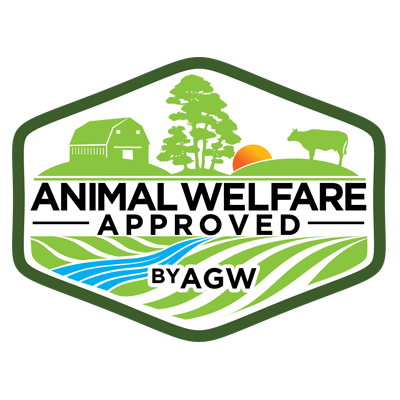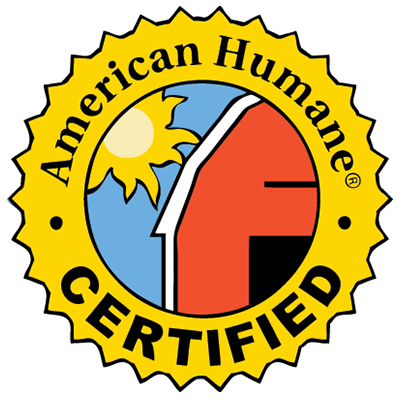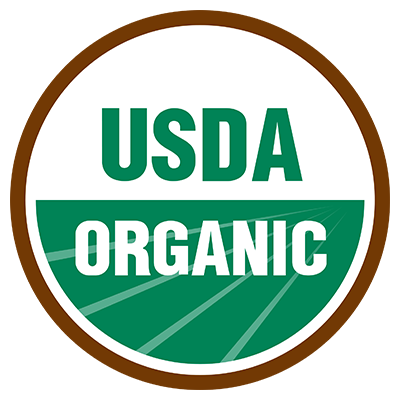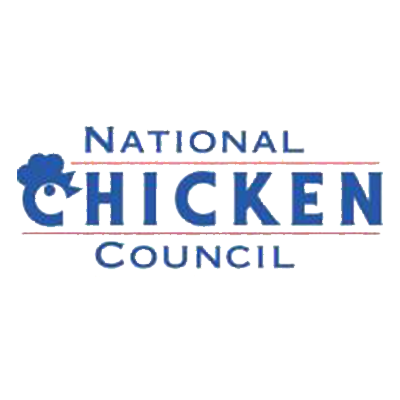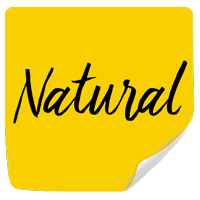Don’t be fooled by food labels that sound like they mean better for chickens. Use our guide below to learn how these labels actually impact chicken welfare—or how they don’t. Look for the ASPCA recommended labels Animal Welfare Approved, Certified Humane and Global Animal Partnership (Step 2 or higher), and then sign up to join the Shop With Your Heart movement for the latest info on finding these products and making welfare-conscious choices when you shop.
| Animal welfare certifications | Other independent certifications | Industry certification | Other claims | ||||||
|---|---|---|---|---|---|---|---|---|---|
 |
|
|
|
|
|
|
|
|
|
Meaningful On-Farm Welfare Standards | Yes | Yes | Yes | YNo | No | No | No | No | No |
Adequate Indoor Space Minimums | 0.67 ft2 per bird plus outdoor space. If birds need to be kept indoors, then 2.0 ft2 per bird | 6 lb/ft 2 | 6.5 lb/ft2 or lower | 7 lb/ft2 | None | 6.5 – 9.0 lb/ft2 depending on weight (~0.92 – 0.66 ft2 per bird) | None | None | None |
Environmental Enrichments Required | Yes, outdoor enrichments on pasture | Yes, “provisions must be made to keep indoor chickens active by enriching their environment” | Step 1: Yes, ≥ 1 type of indoor enrichment required Step 2-4: Yes, ≥ 2 types of indoor enrichment required Step 5-5+: Yes, outdoor enrichments on pasture | No | No | No | No | No | No |
Outdoor Access Required | Yes, “continuous daytime ranging and foraging area access” | Only if free-range** | Step 1-2: No Step 3: Yes, continuous outdoor access during daylight hours Step 4-5+: Yes, continuous access to pasture during daylight hours | Only if free-range** | Yes, but undefined | No | Yes, but undefined | No | No |
Breed Health Requirements | “Must be able to thrive in pasture-based, free-range, outdoor systems” | “Select for high welfare traits and avoid genetic strains with undesirable traits” (Subjective) | All Tiers: Must be chosen for good leg health and for low levels of mortality Tiers 4-5+: Must be chosen for ability to range and for good immune system Tires 5-5+: Must be able to perch throughout their lives Tiers 1-3: Max avg growth rate of 0.15 lb/day Tier 4: Max avg growth rate of 0.11 lb/day Tier 5: Max avg growth rate of 0.099 lb/day Tier 5+: Max avg growth rate of 0.077 lb/day | None | None | None | None | None | None |
Natural Light Required | Yes | No | Step 3 and above**** | No | No | No | No | No | No |
Maximum Transport Duration | 4 hrs | 10 hrs | Step 1-5: 6 hrs Step 5+: Transport not permitted | 12 hrs | None | 12 hr recommendation, but no requirement | None | None | None |
Routine Antibiotic Use Prohibited | Yes | Yes | Yes | No, allows nontherapeutic use of ionophores | Yes | No | No | Yes | No |
On-Farm Audits of Every Facility | Yes | Generally yes, but not every facility is audited in producer groups | Yes | Yes | Yes | No, audits do not cover the entire farm | No | No | No |
Timing of Audits | Once every year | Once every year | Once every 15 months (in order to see a farm in each season) | Once every year | Once every year | No audits after the initial audit | Not applicable | Not applicable | Not applicable |
100% Compliance with Standards | Yes | Yes | Yes | No‡ | Yes | No (Requires 1520 out of 1730 points, or 88% compliance) | No | No | No |
† Although the USDA Organic program released new, stronger animal welfare standards in January 2017, it delayed their implementation for months. Finally, in December 2017, the USDA announced its intention to withdraw these new standards completely. We are monitoring developments and will keep you updated; be sure to join the ASPCA Advocacy Brigade for alerts if you haven’t already.
* GAP is currently reviewing its breed standards and will have new guidance by 2024.
** Certified Humane and American Humane Certified only require outdoor access under their free-range and/or pasture programs. Therefore, only chicken that has both the certification and a free-range and/or pasture label comes from birds with outdoor access.
*** By 2020, 6.0 lb/ft2 will be the max stocking density.
**** By 2022, natural light will be required at Step 2.
‡ American Humane Certified standards only require that producers meet 85% of the provided standards. Accordingly, it is possible that a producer might not meet certain requirements (including antibiotic use) and still receive the American Humane Certified certification.
